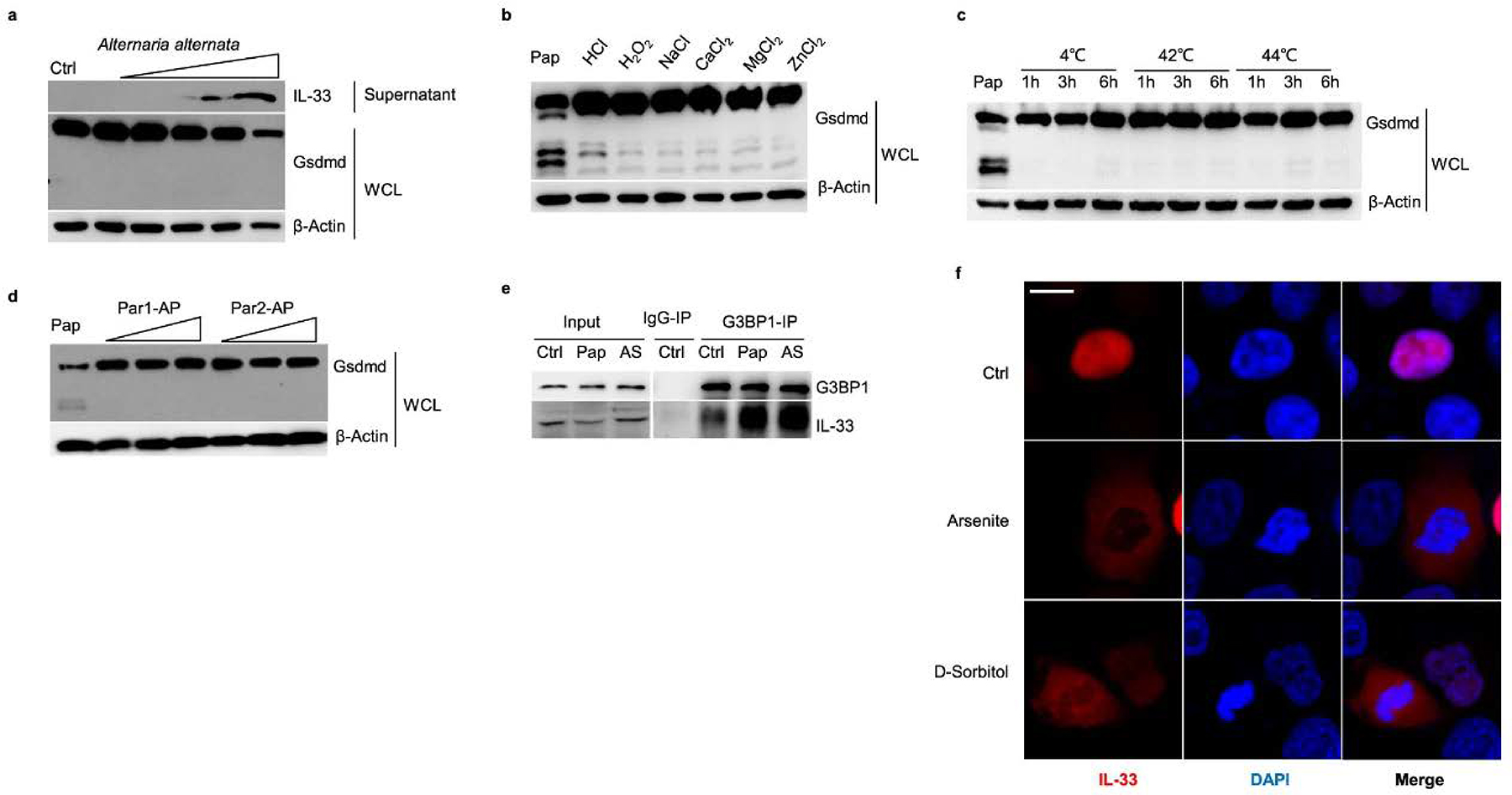Extended Data Fig. 3 |. Stimulators that do not contribute to Gsdmd fragmentation and IL-33 release.

a, Immunoblot analysis of whole-cell lysis (WCL) and culture supernatants of MLE-12 cells treated with A. alternata (0.1, 1, 5, 10, 50 μg/well) for 30 min. b, Immunoblot analysis of WCL of MLE-12 cells treated with Ctrl (without stimulation); Pap (10 μg/well papain) for 30 min; 500 mM HCl, 500 mM H2O2, 5 mM NaCl, 5 mM CaCl2, 5 mM MgCl2, and 5 mM ZnCl2 for 1 h. c, Immunoblot analysis of WCL from MLE-12 cells treated with Pap (10 μg/well papain for 30 min), and the temperatures of 4, 42 and 44 °C for 1–6 h. d, Immunoblot analysis of WCL of MLE-12 cells treated with Ctrl (without stimulation); Pap (10 μg/well papain for 30 min); agonist for PAR-1 (TFLLR-NH2 trifluoroacetate salt, 0.1–50 μg/mL for 1 h), and agonist for PAR-2 (2-furoyl-LIGRLO-amide, 0.1–50 μg/mL for 1 h). e, Immunoblot analysis of G3BP1-immunoprecipitation samples from MLE-12 cells treated with Ctrl (without stimulations), Pap (10 μg/mL papain for 30 min), and AS (0.5 mM arsenite for 1 h). f, Immunofluorescent analyses of IL-33 from HEK293T cells with C-terminal HA-tagged IL-33 expression following the treatment of arsenite (0.5 mM) and d-sorbitol (0.5 mM) for 1 h. Data are representative of two independent experiments with similar results.
